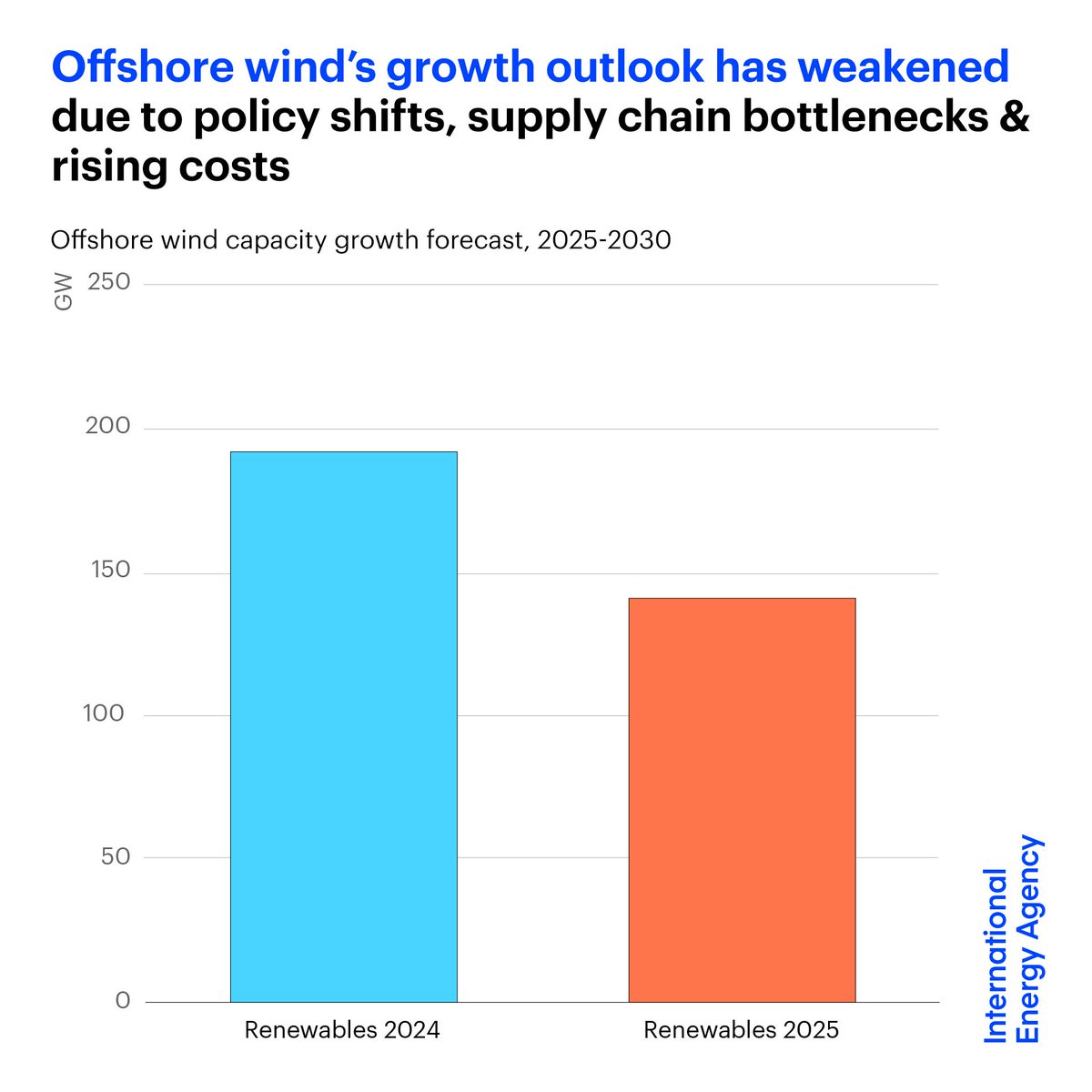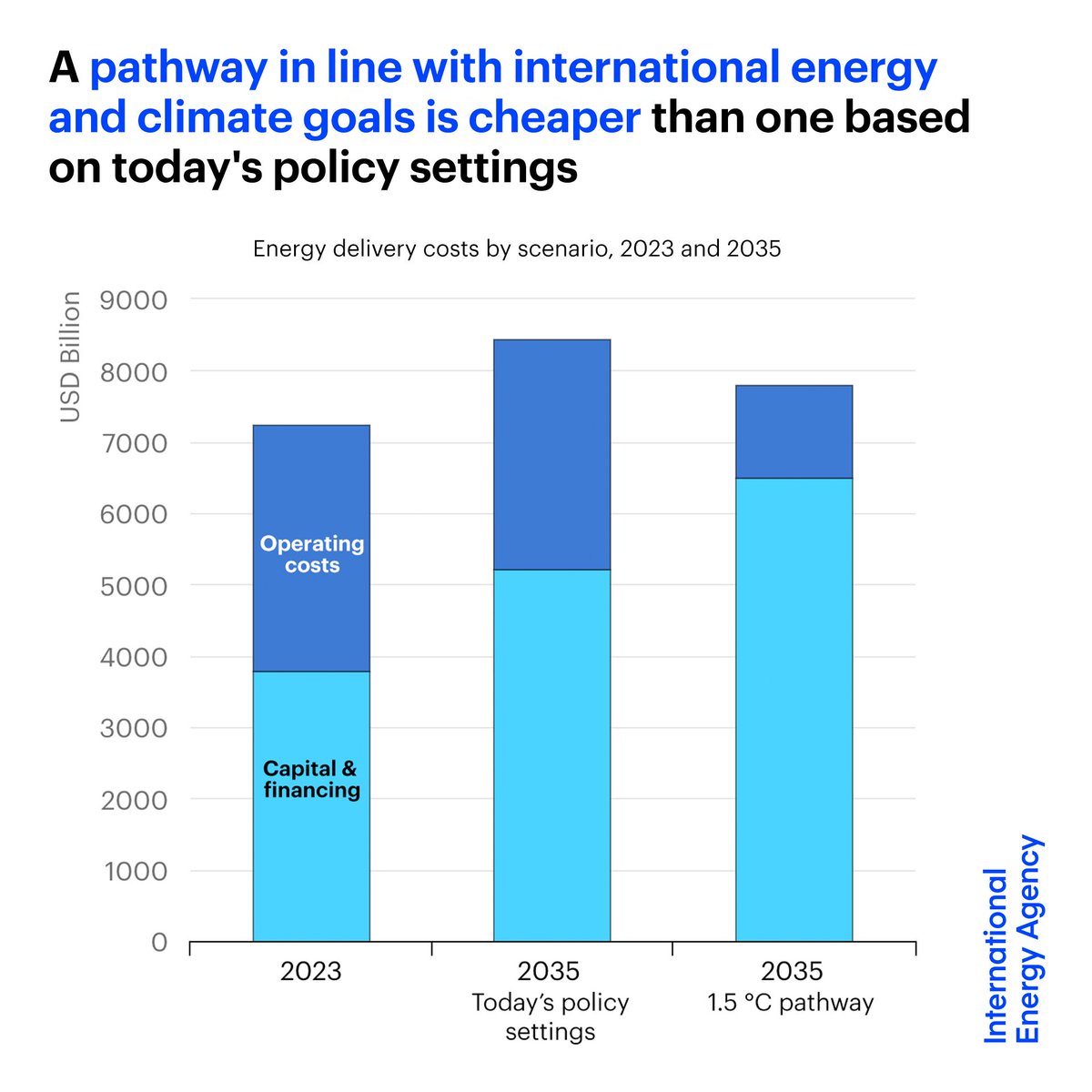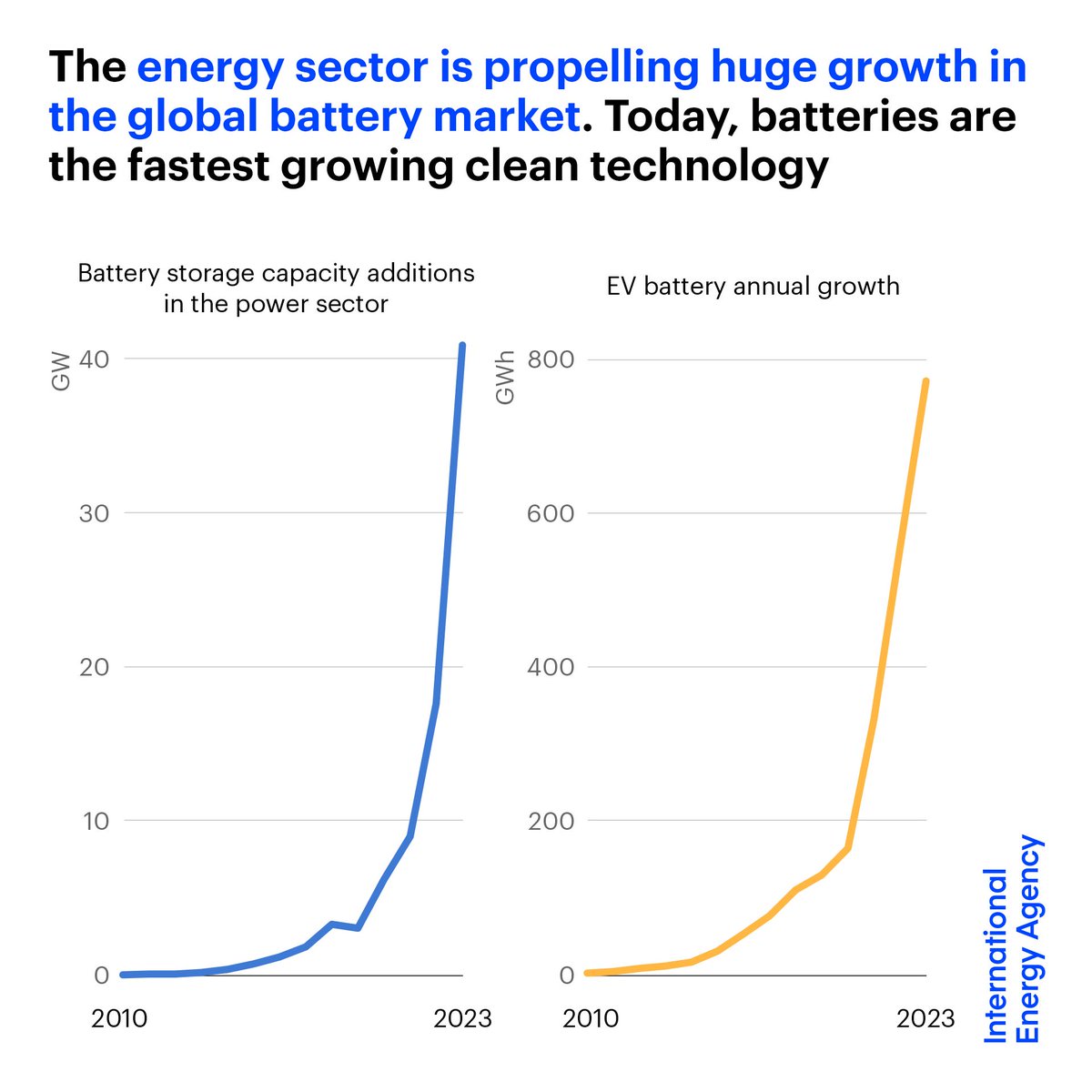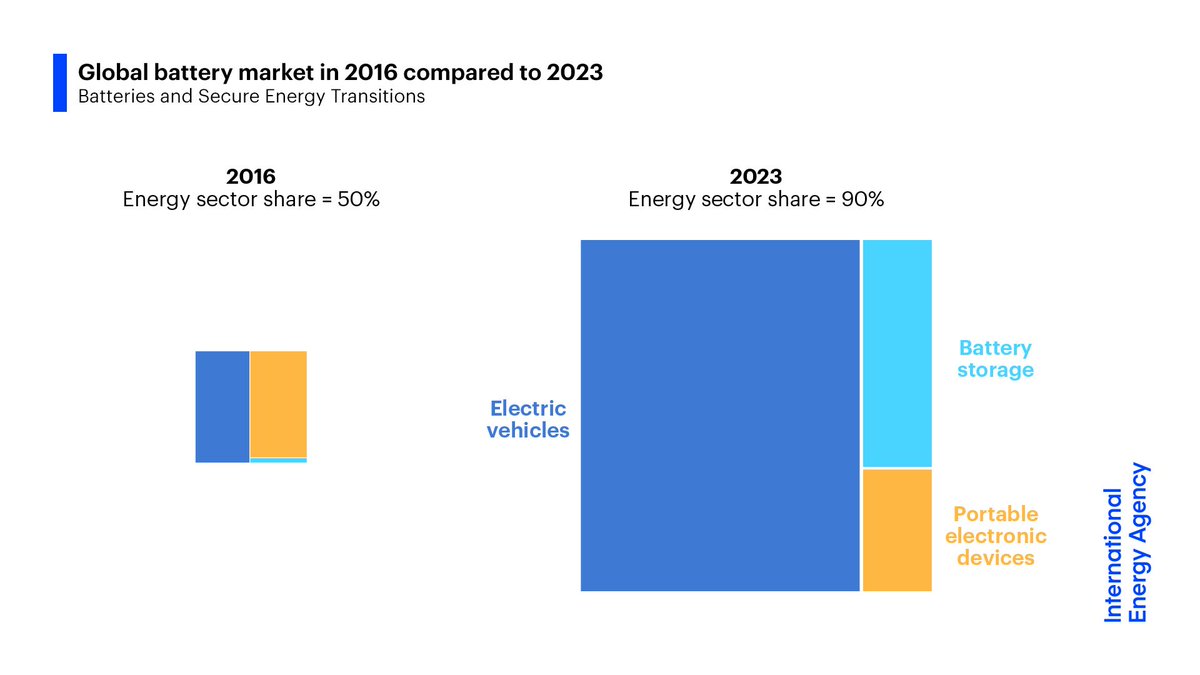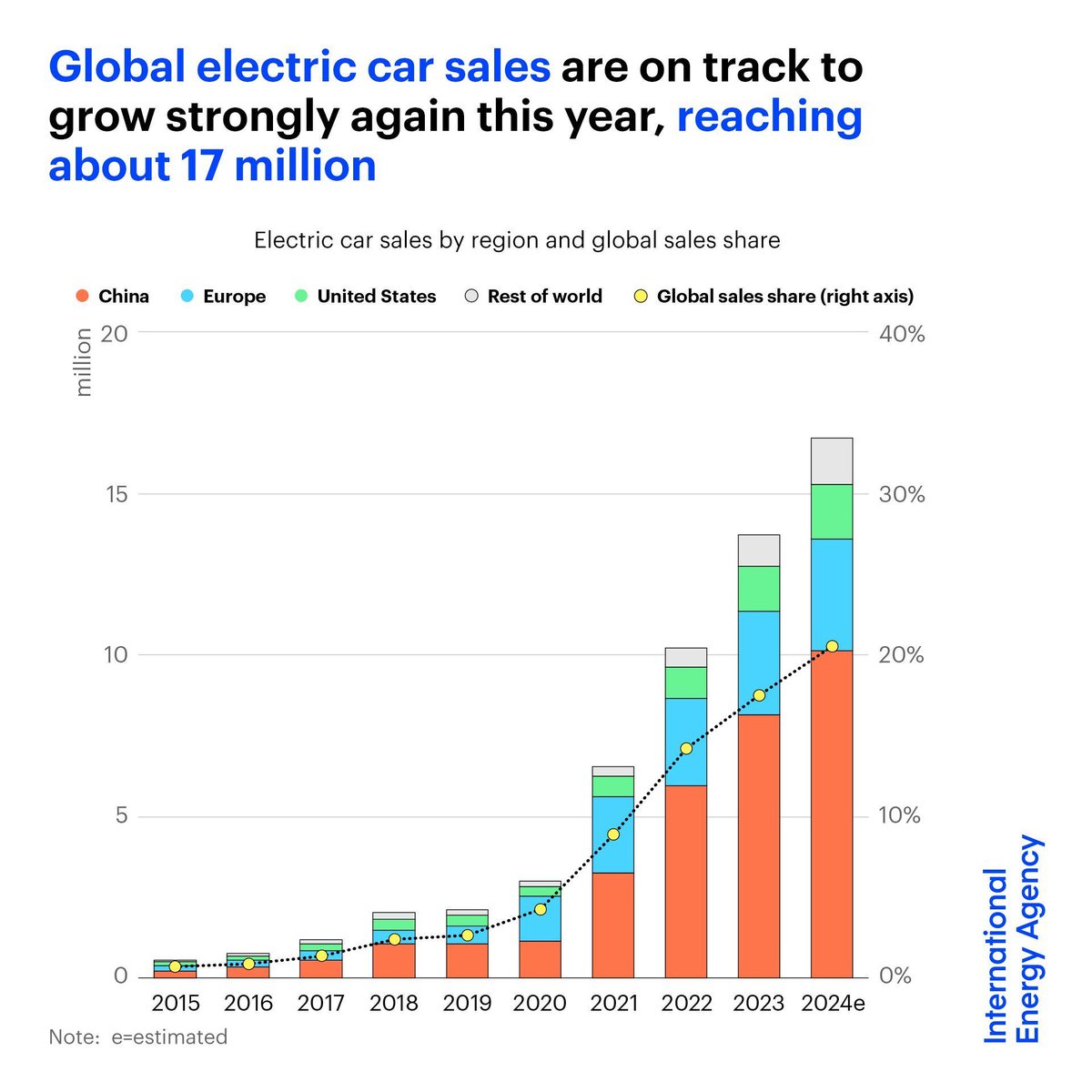Nuclear power has a unique opportunity to stage a comeback amid the global energy crisis, soaring fossil fuel prices, energy security challenges & increased climate ambitions
But whether this happens will depend on governments & industry
New from @IEA ⬇️ iea.li/3ywoMzt
But whether this happens will depend on governments & industry
New from @IEA ⬇️ iea.li/3ywoMzt
A nuclear power comeback is far from guaranteed
In advanced economies that see a role for nuclear, governments need to enact policies to kick-start investment
And the nuclear industry has to overcome recent cost overruns & delays to deliver new projects on time & on budget
In advanced economies that see a role for nuclear, governments need to enact policies to kick-start investment
And the nuclear industry has to overcome recent cost overruns & delays to deliver new projects on time & on budget

In @IEA’s #NetZero2050Roadmap, global nuclear power capacity doubles by mid-century in a system dominated by renewables
To fulfil this role, nuclear's costs in advanced economies must come down by 40% and world nuclear investment triple by 2030
More ➡️ iea.li/3a6v7bl
To fulfil this role, nuclear's costs in advanced economies must come down by 40% and world nuclear investment triple by 2030
More ➡️ iea.li/3a6v7bl

As things stand, advanced economies have lost their market leadership in nuclear power
Of the 31 nuclear reactors that started construction since 2017, all but 4 are Russian or Chinese designs
Of the 31 nuclear reactors that started construction since 2017, all but 4 are Russian or Chinese designs

Reaching net zero emissions with less nuclear power than envisioned in the @IEA pathway would be harder and cost consumers $20 billion more a year to 2050
At the same time, deep nuclear cost reductions can open new opportunities to produce electricity, heat & hydrogen
At the same time, deep nuclear cost reductions can open new opportunities to produce electricity, heat & hydrogen

Increased efforts to meet the world’s climate challenge have stimulated a burst of activity in small modular reactors (SMRs)
The lower costs, smaller size & reduced project risks of SMRs may improve social acceptance & attract more private investment versus large nuclear plants
The lower costs, smaller size & reduced project risks of SMRs may improve social acceptance & attract more private investment versus large nuclear plants

To learn more about @IEA’s new report on Nuclear Power and Secure Energy Transitions, join our Director of Energy Markets & Security Keisuke Sadamori & me for our live launch event at 10:30 CEST ➡️ iea.li/3y25oc8
And explore the full report ➡️ iea.li/3ywoMzt
And explore the full report ➡️ iea.li/3ywoMzt

• • •
Missing some Tweet in this thread? You can try to
force a refresh




